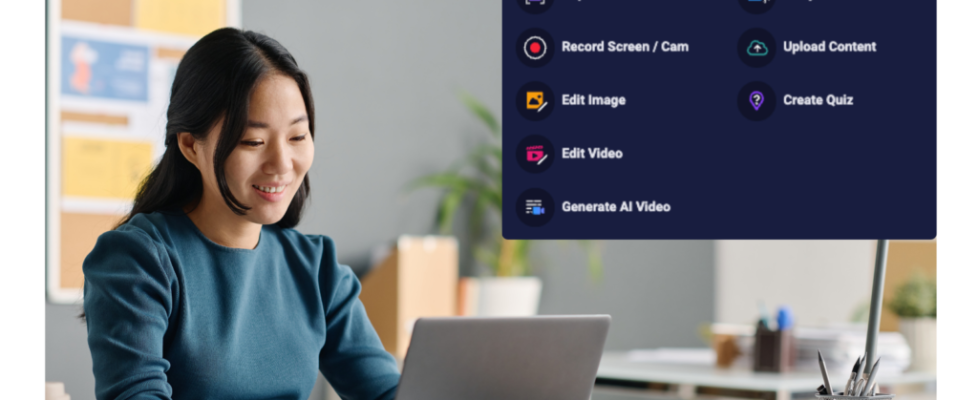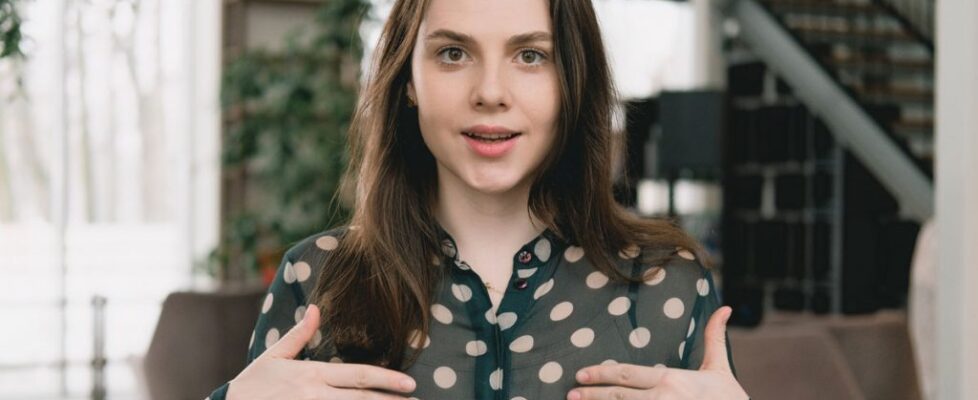 Practically every online content creator has reposted a screenshot before, whether it was a texting conversation, a popular meme, or a funny tweet. In fact, sharing screenshots is so common that you probably receive or view dozens of them each day without even realizing it.
Practically every online content creator has reposted a screenshot before, whether it was a texting conversation, a popular meme, or a funny tweet. In fact, sharing screenshots is so common that you probably receive or view dozens of them each day without even realizing it.
While forwarding and sharing screenshots can improve communication and enhance engagement, doing so may pose problems for creators under Fair Use. Sure, the internet may be unregulated, but creators still have to follow certain rules. Of course, complying with them may add a few extra steps to the creation process. However, your compliance will ultimately help you reach a wider audience and avoid legal repercussions.
This guide will help creators avoid and mitigate problems associated with fair use by offering useful information and advice about how to post and share screenshots.
What is fair use?
Fair use is a legal principle that supports freedom of expression. It allows the use of copyrighted material without permission or license in certain situations.
The Copyright Act of 1976 outlines the statutory framework for determining and identifying Fair Use and when one can use copyrighted material without permission. Teaching, reporting, commenting, and researching are all activities that often qualify as fair use.
For instance, if teachers want to share portions of a book, they don’t have to obtain permission. They are using the copyrighted material for educational purposes. However, if they share an unpublished work or try to commercialize copyrighted material, the law may not consider it Fair Use.
How does fair use apply to screenshots?
 Are screenshots copyrighted? In most instances, no.
Are screenshots copyrighted? In most instances, no.
Fair use is extremely favorable to most that use and create screenshots. They fall under the ‘transformative use’ category.
For example, taking a screenshot of an app to discuss interface design is transformative because educating others about design principles wasn’t the app’s original intention. Thus, the screenshot qualifies as a fair use image.
Fair use applies to screenshots of movies and intellectual property in the same way. If screenshots of these materials are transformative, or if they depict a small part of an overall work, and don’t act as a substitute for the original, there’s a good chance your screenshot is legal. However, if the law determines your screenshot to be outside of fair use, you may face legal ramifications.
How to post screenshots for fair use
Posting screenshots under fair use is a relatively simple process. Here are several tips to help you determine if your screenshot is legal.
Posting public records
Census data, tax liens, criminal histories, death certificates, bankruptcy rulings, and court documents all qualify as public records. As such, practically anyone with an internet connection can access, take a screenshot, and share them.
Therefore, unless the material was confidential or you had to apply for access, taking a screengrab shouldn’t result in any legal ramifications.
Create original content
The safest way to post and share screenshots under fair use is to use them within the context of original content.
For instance, if you wrote a fan-fiction novel that featured characters, settings, and quotes from the original work, your book is still fair use-compliant. It doesn’t take the heart of the work or include a large quantity of it.
In some contexts, copying the entire work may be acceptable depending on your purpose. Photographs and art often create controversy because screenshots often include the entire, unaltered image. However, some courts consider these fair use images because the copies are low-resolution versions — and therefore a lesser amount — of the original.
Credit the original creator
If you have any doubts about whether posting a screenshot is fair use or copyright infringement, credit the original creator.
On Instagram and Facebook, this might include tagging them or adding their name to the caption of the same post. Making the original creator visible in this way will lower your chances of receiving copyright claims.
Of course, there’s always a chance the creator will take offense and try to take legal action. However, they’ll likely reach out directly to ask for credit, financial compensation, or removal.
How to use screenshots for work
Tech-savvy companies know screenshots are often more effective than lengthy emails. That’s because they’re simple, visually engaging, and often capture moments better than words can. For these reasons, it’s frequently helpful to use screenshots for work and, as long as you abide by the fair use statutory framework, you’re unlikely to commit copyright infringement.
Communicate effectively
Taking screenshots of web pages, graphic design mockups, and rough drafts can help you communicate more effectively.
Mark up your screenshots to make edits, highlight important elements, or emphasize a job well done.
Demonstrate visually
Screen captures can also aid in visual demonstrations much better than text. Show each stage of the learning process by using images to provide and better explain step-by-step instructions. Then share the screenshots so everyone can use them for reference.
Problem solve
Remote work has made it difficult to troubleshoot technical issues because it’s nearly impossible to fix something you can’t describe. In this case, it’s helpful to take screenshots and share them with a customer support team. This way, they can better visualize the issue and respond more quickly.
Using screenshots creatively
Taking and sharing screenshots is an excellent way to share information, honor original creators, and inspire more content creation. Thus, content creators should think creatively when capturing, editing, and posting screen captures. As long as you comply with copyright laws and your material is fair use, opportunities for creative expression are essentially endless.
 Capture, edit, and share screenshots for free!
Capture, edit, and share screenshots for free!Share ideas and knowledge with ScreenPal’s free screenshot tool and image editor.

































